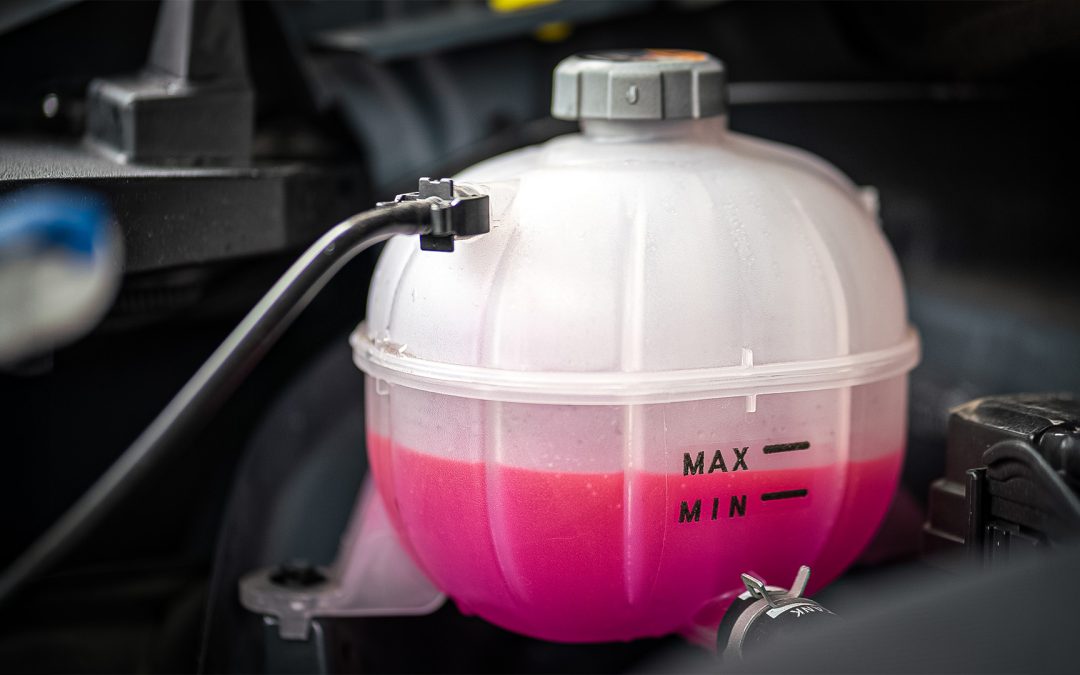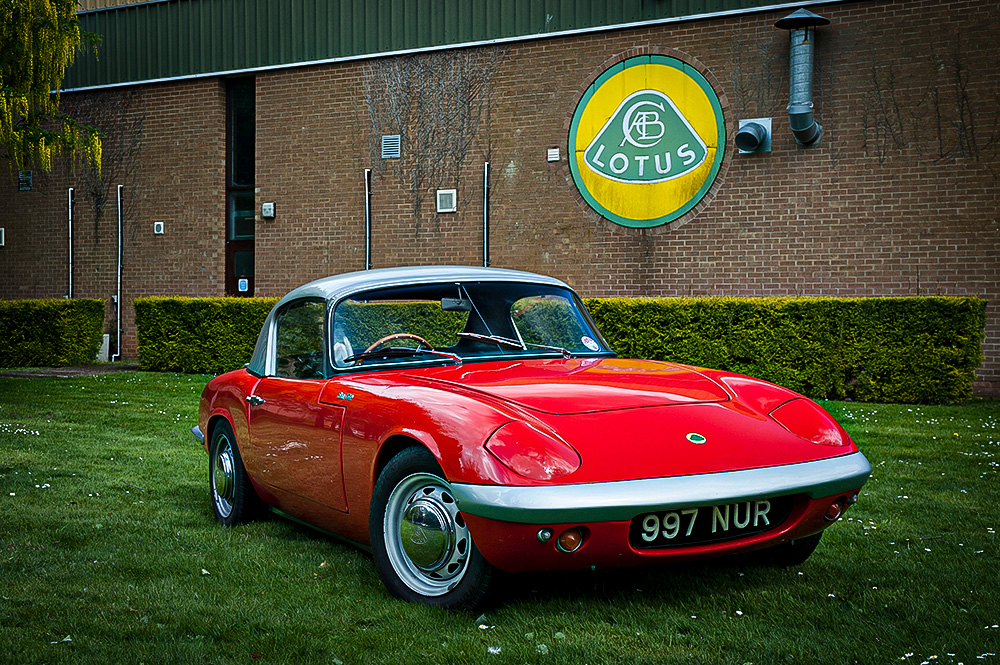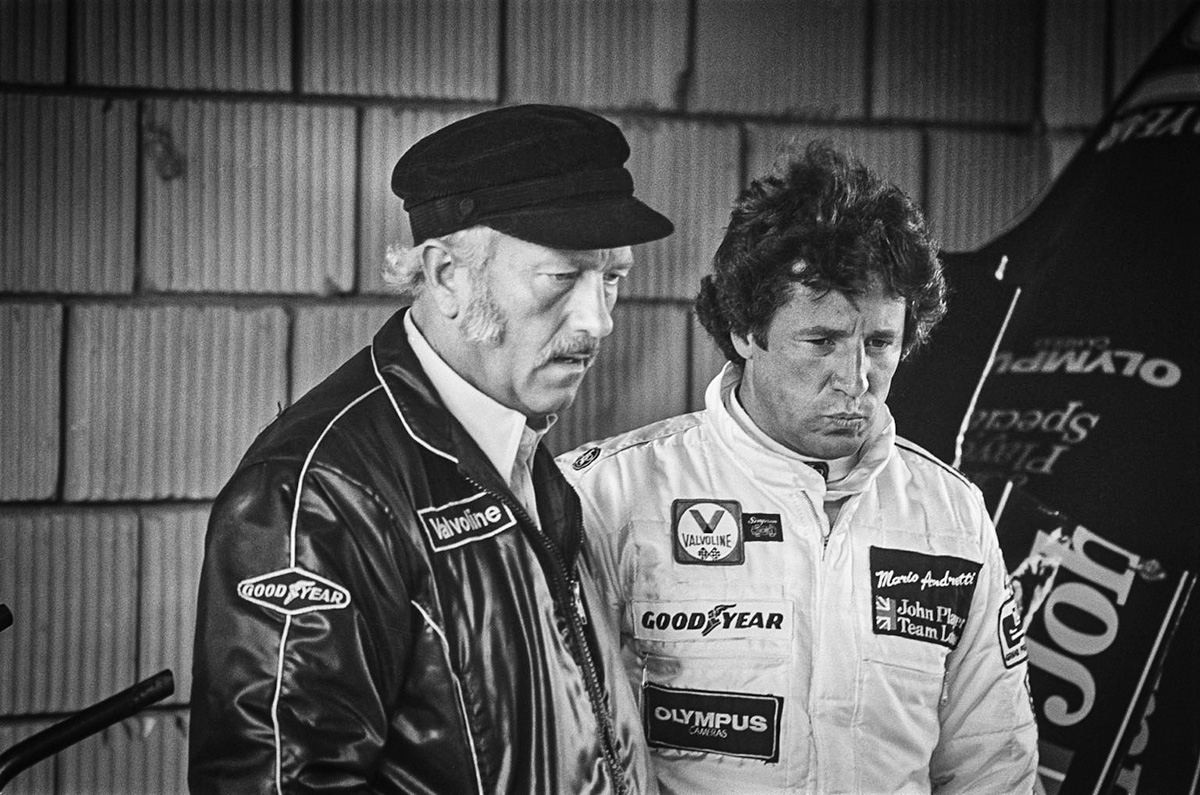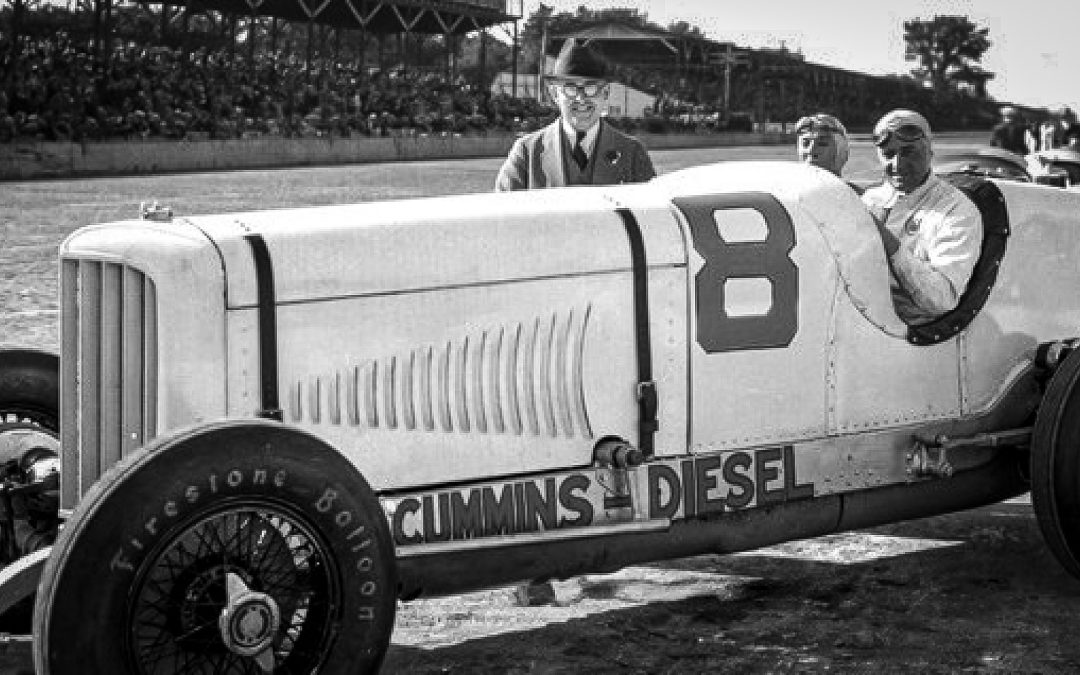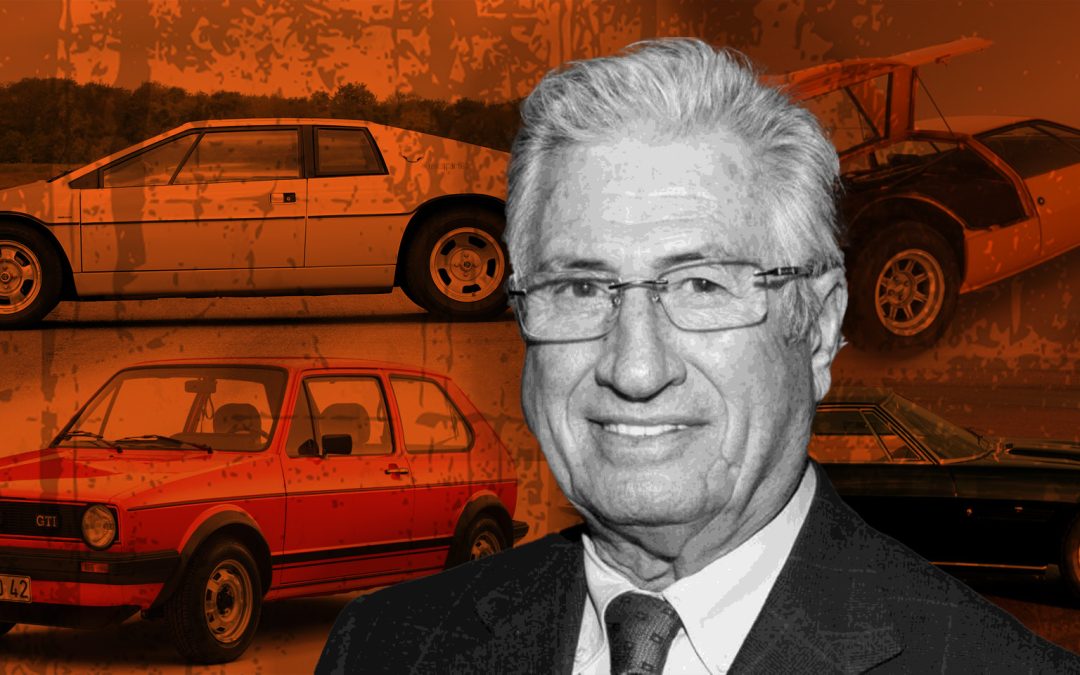Lotus wins the Indianapolis 500
In 1965, Chapman and Clark teamed up and made more racing history, this time across the pond at the Brickyard. Their weapon of choice was the Lotus 38, engineered specifically for the Indy 500. The car featured a mid-mounted Ford V8 engine and a lightweight monocoque chassis, a radical departure from the traditional front-engine roadsters that had dominated Indy for decades. Clark demonstrated the car’s superior balance, handling, and speed, leading most of the 500-mile race and winning easily. The Lotus 38 was truly a game-changer, signaling a seismic shift in American open-wheel racing. A front-engine Indy racer never won another 500.
With his innovation still at full throttle, Chapman introduced the Lotus 49 in 1967, and it was one of the Englishman’s most groundbreaking Formula 1 racers. The car’s design incorporated the engine as a fully stressed chassis member. It was not just any engine.
Signaling Lotus’ move to eight-cylinder power, the Lotus 49 debuted the legendary Cosworth DFV, a 3.0-liter naturally aspirated V8. The Cosworth DFV, or Double Four Valve, introduced in 1967, went on to become the most successful engine in Formula 1 history.
Built by Cosworth with Ford’s backing, the DFV didn’t just come out swinging; it landed a knockout blow its first time on the track as the Lotus 49 and Jim Clark won the ’67 Dutch Grand Prix. The Cosworth creation powered cars to 155 Grand Prix victories between 1967 and 1985, dominating the sport and defining a unique era in which privateer teams could be competitive thanks to the DFV’s widespread availability.
The engine’s role as a fully stressed chassis member meant the powerplant was bolted directly to the monocoque while also securing the rear suspension. This concept reduced weight, improved rigidity, and quickly became the standard in Formula 1 engineering.
In 1968, Graham Hill hot-shoed the Lotus 49 to both the Formula 1 Drivers’ Championship and the Constructors’ Championship, in what was the first full season for the Cosworth DFV engine. Although Jim Clark had already secured victories with the 49 in 1967, his untimely death early in 1968 left Hill to lead the campaign.
